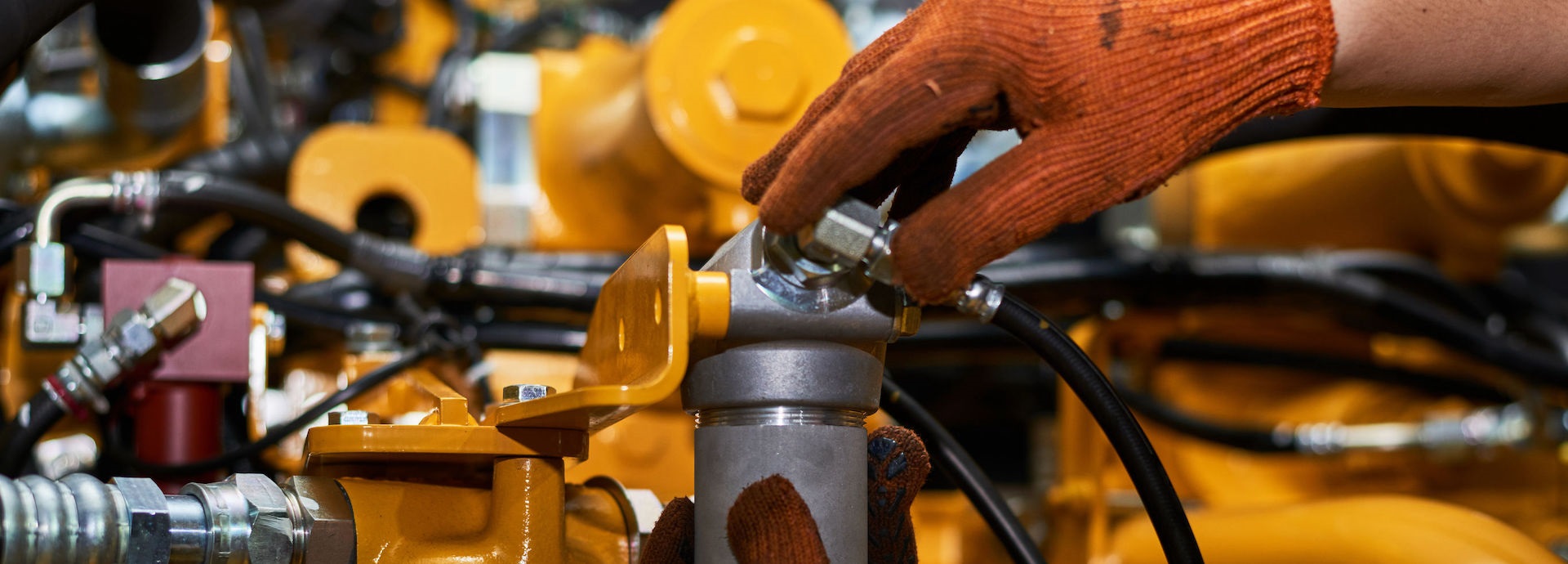

Heavy industry has been rightly criticised for its impact on the environment, but recently these big polluters have started taking steps towards sustainability.
A quick internet search for photos of heavy industry is likely to turn up bleak images of smokestacks spewing smoke, giant rusting pipes and blasted landscapes. Heavy industry has had a bad reputation for sustainability – for good reason – but times are changing.
“For a long time, people seemed to think that sustainability in heavy industry was simply too hard to solve,” says Cate Hight, the chief operating officer of the Mission Possible Partnership, a coalition formed with the World Economic Forum to accelerate the decarbonisation of heavy industries.
A dirty past
Heavy industry needs help: according to a report by the Transition Pathway Initiative, only 14% of publicly traded steel, cement, aluminium, paper, and mining companies are doing enough to keep global warming under 2 degrees Celsius. Even that amount of warming was a compromise for the Paris Agreement. Scientists say 1.5 degrees Celsius should really be the target, and most heavy industrial firms are nowhere close to reaching it.
Yet there are signs of hope. Some recent lists of the world’s most sustainable companies have yielded a few surprises. Such heavy industry stalwarts as industrial machinery, primary materials, metals, chemicals and even petroleum refining companies appeared in the Corporate Knights list of top 20 most sustainable firms. The Wall Street Journal also included heavy industry companies on its sustainability list.
“We aren’t on track to have net zero emissions by 2050, but some industries are doing better than others,” Hight continues. “For instance, we’re seeing the electrification of the trucking industry and continual efficiency improvements in shipping, but aviation can’t do that. Maybe in aviation we will see biofuels replace petroleum.”
Emissions that are difficult to cut
The International Energy Agency says heavy industry and long-distance transport are sectors with “hard to abate” emissions. Cleaner technologies are in their infancy in these sectors. They compete in global markets where price is paramount, so higher prices for cleaner products might be hard to justify. They have long-lived capital assets, so an investment might last decades or even generations. Some heavy industries need high temperatures – which means a lot of energy – or have high CO2 emissions during the production process, such as using coking coal to make steel.
But even these “hard to abate” industries are finding that it is possible to be more sustainable. For example, SSAB is moving to fossil-free steel, which is steel produced with fossil-free electricity and hydrogen instead of coking coal.
“Shipping is taking a lead in sustainable heavy transport,” says Hight. “One reason for this is that the big shipping companies tend to be headquartered in progressive countries, such as Maersk in Denmark. Another major factor is sustainable finance, like with the Poseidon Principles. They provide a framework for integrating climate considerations into maritime sector lending.”
John Hatley, General Manager, Innovation at Wärtsilä, says that the incorporation of the banking sector is helping the shipping industry drive change.
“These two powerhouses (shipping and banking) have landed a tremendous surge in influence and helping shape a cleaner planet. I think this combination now is a dramatic change because regulations by themselves will not have the accelerated emphasis that these industry powerhouses bring,” Hatley says.
New ideas and solutions yield results
Until recently, much of the focus has been on direct greenhouse gas emissions from things that are owned and controlled by an organisation. To give a simple example, a car with a petrol engine releases CO2 as it operates. If it is replaced with an electric car, those scope 1 emissions disappear. But how was that car’s battery charged? If it was from a coal-fired power plant, the car then produces scope 2 emissions. To take this example a step further, all the emissions from the entire lifecycle of the car, such as producing the batteries and steel, are counted as scope 3 emissions.
“Industry is looking at the entire lifecycle of their products, such as the circularity of their materials,” Hight explains. “When it comes to scope 3 emissions, we are seeing partnerships between industrials and oil and gas companies. They are working together to reduce their emissions.”
Heavy industry is using a variety of measures to improve their sustainability. The first step is strong disclosure and transparency because companies need to measure and honestly report their environmental impact. Then they need to take action, such as technology performance improvements, material efficiency, switching to cleaner fuels and electrifying production processes. Other hopeful ideas are still mostly in the pilot phase, such as the hydrogen economy and carbon capture and utilisation.
Governments must set the stage
Wärtsilä has been active in many of these currently available measures and has also worked to develop new ones. For example, knowing the long life of engines has led Wärtsilä to develop engines that will be able to use future fuels – clean fuels that haven’t even been invented yet.
Heavy industry is beginning to take its first halting steps towards sustainability, but companies operate according to the framework in which they find themselves. Hight stresses that it is up to policymakers to make the market favour the greening of heavy industry.
“At the end of the day, everything is about the carbon price,” she says. “We are helping industries to create roadmaps so they can achieve net-zero emissions. But the industry can’t do this alone. We need an ecosystem with industry, governments, banks and customers acting together towards a common goal.”
Did you like this? Subscribe to Insights updates!
Once every six weeks, you will get the top picks – the latest and the greatest pieces – from this Insights channel by email.


